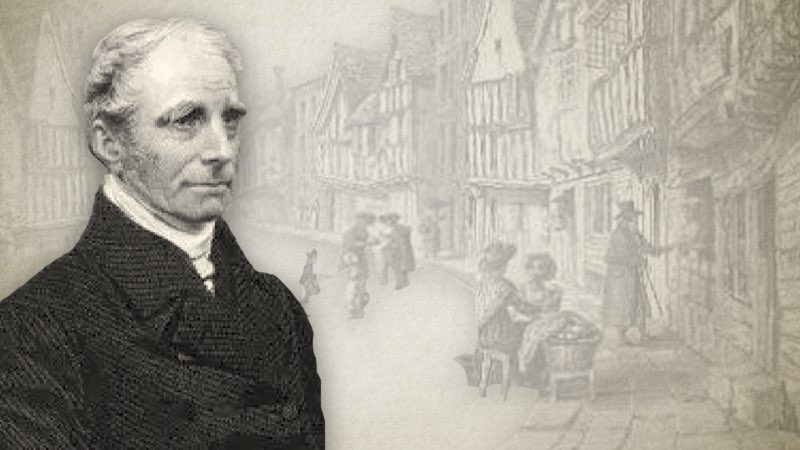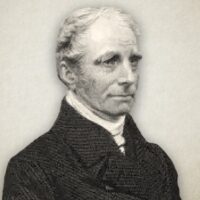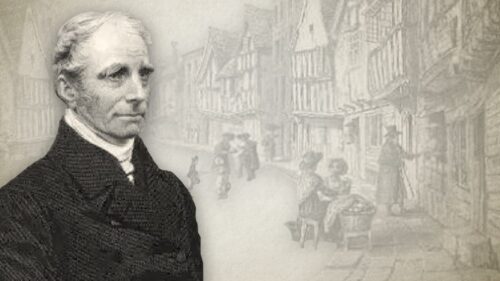
160 Ark Of The Covenant
ARK OF THE COVENANT
A small chest of coffer, three feet nine inches in length, two feet three inches in breadth, and two feet three inches in height, in which were contained the golden pot that had manna, Aaron’s rod, and the tables of the covenant. The ark was reposited in the holiest place of the tabernacle. It was taken by the Philistines, and detained twenty (some say forty) years at Kirjath-jearim; but, the people being afflicted with emerods on account of it, returned it with divers presents. It was afterwards placed in the temple.
The lid or covering of the ark was called the propitiatory or mercy-seat; over which two figures were placed, called cherubims, with expanded wings of a peculiar form. Here the Shechinah rested both in the tabernacle and temple in a visible cloud; hence were issued the Divine oracles by an audible voice; and the high priest appeared before the mercy-seat once every year on the great day of expiation; and the Jews, wherever they worshipped, turned their faces towards the place where the ark stood.
In the second temple there was also an ark, made of the same shape and dimensions with the first, and put in the same place, but without any of its contents and peculiar honours. It was used as a representative of the former on the day of expiation, and a repository of the original copy of the holy Scriptures, collected by Ezra and the men of the great synagogue after the captivity; and, in imitation of this, the Jews, to this day, have a kind of ark in their synagogues, wherein their sacred books are kept.
Charles Buck (1771-1815) was an English Independent minister, best known for the publication of his “Theological Dictionary”. According to the “Dictionary of National Biography”, a Particular Baptist minister named John C. Ryland (1723-1792) assisted Buck by writing many of the articles for the aforementioned publication. One may conclude, based not only Buck’s admiration for his friend Ryland, but also on the entries in his Theological Dictionary, that he stood head and shoulders with the High-Calvinists of his day.
Charles Buck on the Biblical Covenants (Complete)
Charles Buck's Theological Dictionary




